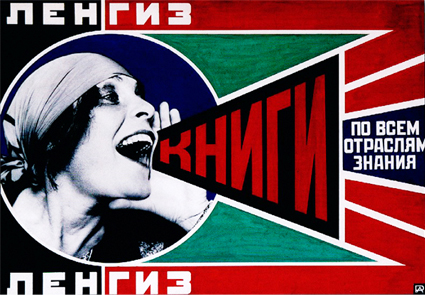“Alexander Rodchenko: Revolution in Photography”, at the Hayward Gallery, serendipitously begins just where the Royal Academy’s current blockbuster, “From Russia”, comes to an end. The final galleries of the Academy’s exhibition are given over to the geometric constructions of Vladimir Tatlin and the Suprematist abstractions of Kazimir Malevich – hopeful symbols of how the Russian Revolution had ushered mankind towards a realm of limitless possibility. The Hayward’s show tells the less than perfectly happy story of what happened next, seen through the lens of one of the twentieth century’s most brilliant and original photographers.
Rodchenko met Malevich and Tatlin shortly after moving to Moscow in 1916. Shortly afterwards he began his military service and by the time of his discharge, in 1917, Russia was in the throes of the October Revolution. Together with other members of the artistic avant-garde, Rodchenko supported the Bolsheviks. He made it his mission to find or invent forms of visual art that might be as iconoclastic and egalitarian as the ideology of Communism in its first bright dawn.
The young Rodchenko was a whirlwind of revolutionary activity. He joined the Visual Arts Department of the People’s Commissariat for Enlightenment. He became head of the purchasing committee of the Museum of Pictorial Culture. He taught at the new Higher State Art-Technical Studios. He was a founder of Constructivism, a movement which overturned the prevailing notion of the avant-garde artist as a social outsider, working in the solitude of studio or garret. “Work in the midst of everyone, for everyone, and with everyone,” he urged his students. “Down with monasteries, institutes, workshops, studios, offices and islands. Consciousness, EXPERIMENT, goals, CONSTRUCTION, technology and mathematics – those are the BROTHERS of contemporary art.” Such was the churning restlessness of his thought that he...


